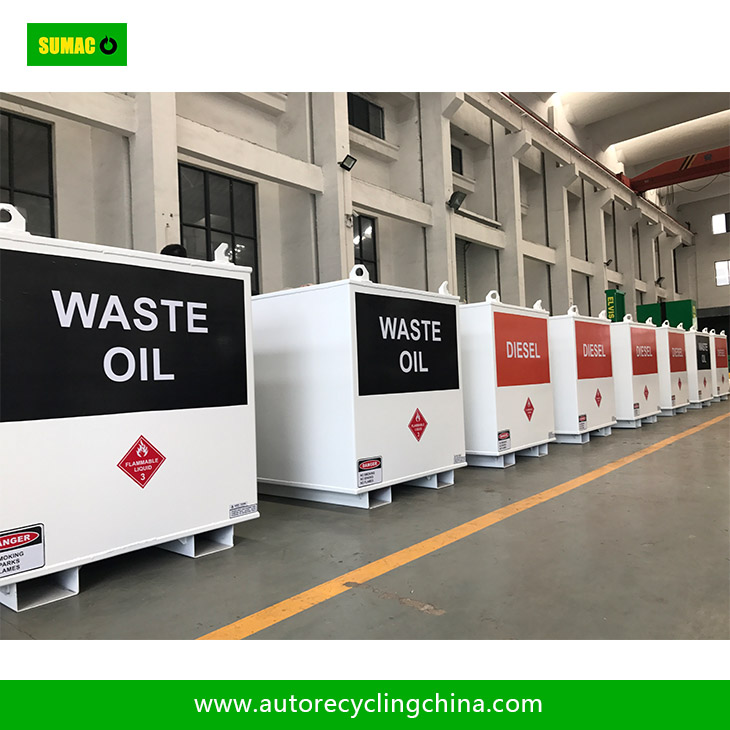Monitoring oil levels in waste oil tanks is crucial for leak prevention, inventory control, and operational safety. Here are the most effective methods:
1. Manual Monitoring (Basic)
-
Dipsticks/Gauging Tapes: Simple but requires physical access.
-
Sight Glasses: Transparent tubes showing real-time oil height (limited to non-viscous oils).
2. Electronic Sensors (Automated)
-
Float Switches: Trigger alarms at preset high/low levels (e.g., magnetic or mechanical floats).
-
Ultrasonic Sensors: Non-contact measurement from the tank top (ideal for sludge-prone oils).
-
Capacitive Probes: Detect oil/air interface changes (works with viscous or layered waste oils).
-
Radar Level Sensors: High-accuracy, unaffected by foam or temperature (for large industrial tanks).
3. Smart Systems (Advanced)
-
IoT-enabled Sensors: Transmit real-time data to SCADA/PLC systems.
-
Pressure Transmitters: Measure hydrostatic pressure at the tank bottom (requires density calibration).
4. Safety & Calibration
-
Explosion-proof Ratings: Essential for volatile oils (e.g., ATEX/IECEx certification).
-
Regular Calibration: Adjust for oil viscosity changes or sensor drift.
5. Key Considerations
-
Oil Type: Sludge or emulsified oils may require heating elements for accurate readings.
-
Tank Shape: Irregular designs (e.g., horizontal tanks) need specialized sensor placement.
-

